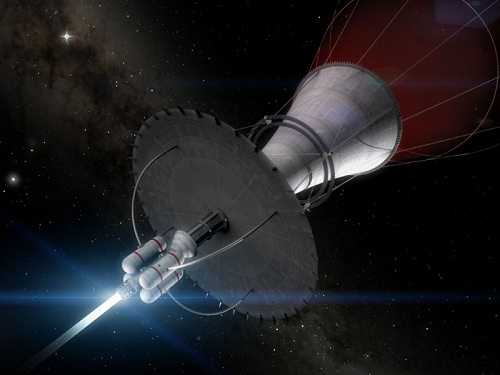Laser Wireless Propulsion: Unleashing the Power of Light for Future Space Travel

About Course
Imagine a future where spacecraft are propelled not by chemical fuel, but by powerful beams of light. This course delves into the groundbreaking concept of laser wireless propulsion—a technology that has the potential to revolutionize space travel as we know it. By using laser beams to transfer energy to spacecraft equipped with specialized sails or receivers, we can drastically reduce launch mass, extend mission lifespans, and open new frontiers for interstellar exploration. It’s not just science fiction anymore—it’s fast becoming a serious scientific endeavor with real-world prototypes already being tested.
Through rich multimedia content, case studies, and real-world mission concepts, students will explore how laser propulsion works, its advantages over traditional methods, and its growing role in the future of space missions. From light sails powered by Earth-based lasers to beam-riding probes destined for Alpha Centauri, this course offers a thrilling journey into the physics, technology, challenges, and promise of riding on beams of light. Whether you’re an aspiring aerospace engineer, a space enthusiast, or just fascinated by the possibilities of future propulsion systems, this course will illuminate your curiosity and ignite your imagination.
Course Content
Chapter 1: Understanding Laser Propulsion
Explanation of laser propulsion principles.
00:00Different types of laser propulsion systems.
00:00Comparison of laser propulsion with traditional methods.
00:00